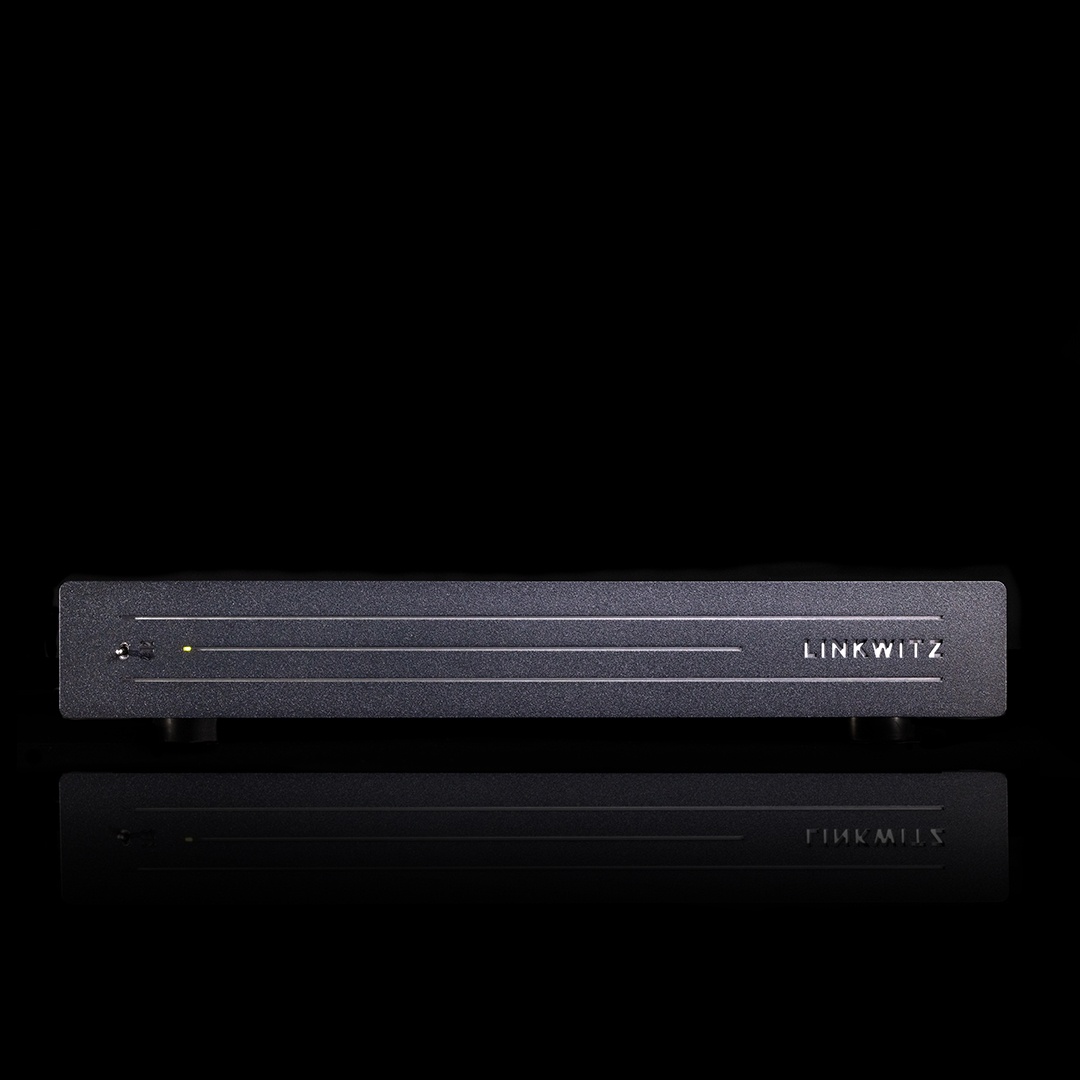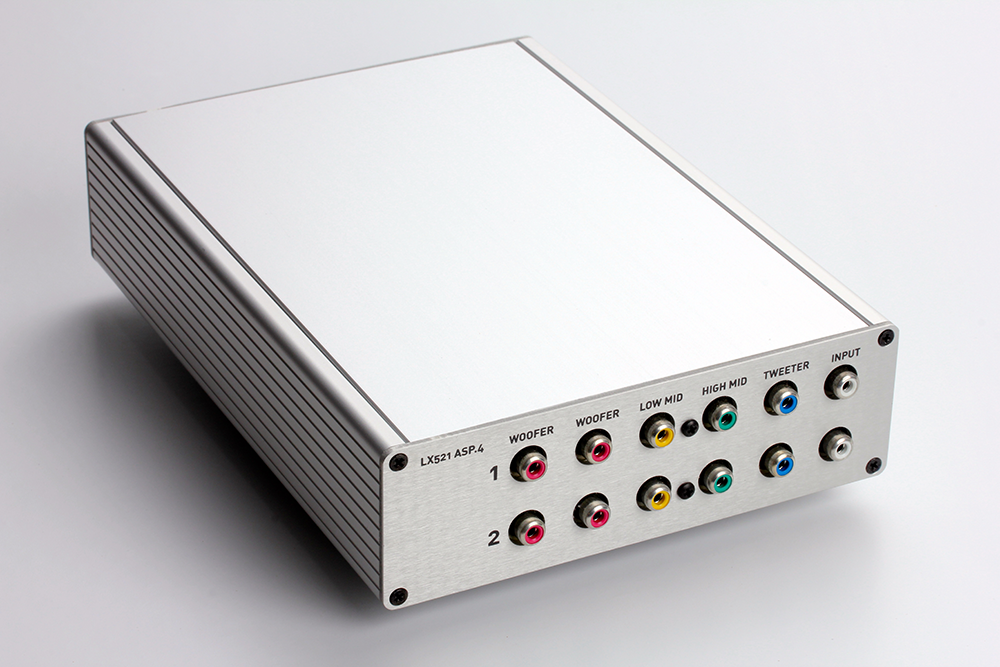I've been puzzling over where the advantages of open baffles end in frequency, that is, where should one transition from open to box. I'm using a homemade simi-isobaric sub (in a box, with a port on the interior chamber, hence a "semi-isobaric") with two 10 inch driver for each sub fthat goes to 125 hz. Then going to an open baffle 12 inch driver that goes up to 325 hz. 48db Crossovers are done with Mini-Dsp. I use an 8 inch above that to 600 hz, open baffle. Mark Audio drivers above that to the tweeters. My version fires forward, although we are working on a omni-directional version too. Anyhow, this is what we have come up with after about 5 years of work, on this design. Way more work in the past on other stuff. Still, I wish there was some kind of research about this, other than our semi-relentless tinkering. It may be somewhat subjective, a preference for open, or boxed sound.
An idea that might be useful. Maybe as a transition from a boxed sub and an open baffle speaker. Nelson Pass sold a kit open baffle at a "speaker camp" a couple years ago that had a innovative and trendy feature. The speaker was a speaker with a Tangband full range and a 15 inch bass driver, both open baffle. However, the bass driver fired down into a V-shaped enclosure that open into about a 2 1/2 inch slot in the front. An engnineer friend said what he was doing was loading with the slot to get 6 db more firing out the front (where the slot opened). When we saw this, we thought, "Why didn't we thing of that, argh!?" Doesn't take much room, sounds very good. When measured, it provided a 80 hz lump in my room, and so ...not perfect. For $800 with the crossover, drivers, and flatpack, everything - amazing value, kind of genius. All hail to Pass. Also, the camp was a fun way to pick up some skills (although the build would be easy for most), and there were plenty of people there to help, including Pass and his son. This is a reference to the 2023 camp with info and pics of the speakers:
Speaker Camp 2023 With Optional Amp Camp Amp Build Saturday, July 8, 2023 Sebastopol, California About 1 1⁄2 hours north of San Francisco, site of the 2008 and 2022 Speaker Camps and the 2012 Amp Camp The build: Pass Slot Loaded Open Baffle (SLOB) with Moth full range and Eminence 15” bass as...

www.diyaudio.com
I guess I should mention I have no commercial or other affiliations with Pass, or the speakers shown below, and Pass is probably not making money on this anyway. Actually, the speakers below also have some sort of claimed charitable or non-profit status.
And to explain the "trendy" comment here is a different kind of slotting, done by a Diy group, shown at the Pacific Audio Show"

photos.google.com
Coincidentally, I went to an AMT tweeter after a friend bought more expensive AMTs and compared them to Dayton's. Found no hearable or measurable differences, at least for the way we use them. Which is from 2800 kHz and up,. The AMT's that are the dipole, open backed, seem to be better sounding than the Corundum tweeters that we were using (plus, the Corundum tweeters are "unobtainium" these days). I was using a planar and the Corundum for the treble, and by comparison, the AMT sounded more accurate, real, airy...yeah I know, a bunch of subjective mumbo jumbo.
 www.minidsp.com
www.minidsp.com





